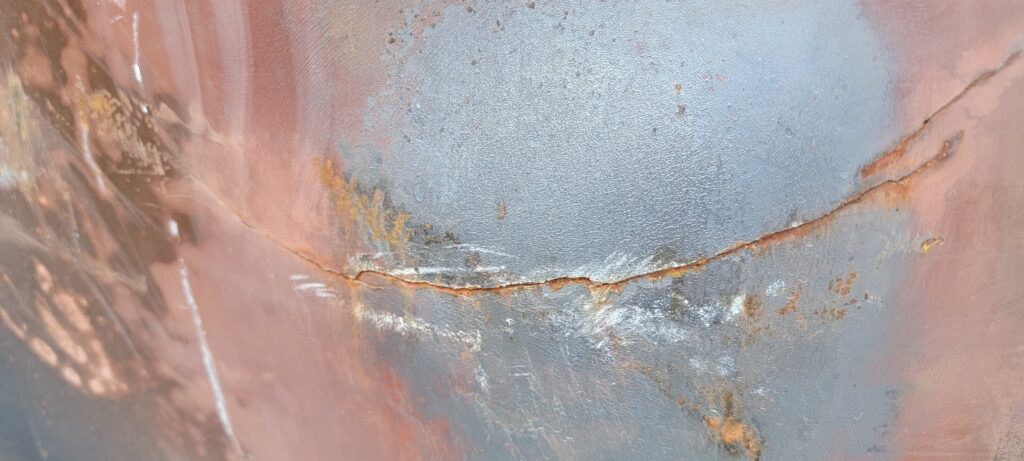
When the path of the flue gasses are not connected correctly or sealed off from the airflow inside of the furnace you get carbon monoxide where it shouldn’t be. The heat exchanger (image above) is the barrier between the airflow in your home and the gasses produced by combustion in your furnace. It is also the part of your furnace that is heated so that when the air in your home passes over it the air can get warm. You can imagine that this metal barrier is expanding and contracting every time the furnace lights. Inevitably the expanding and contracting over years will cause this barrier to crack and begin allowing carbon monoxide to mix with the air in your home.
